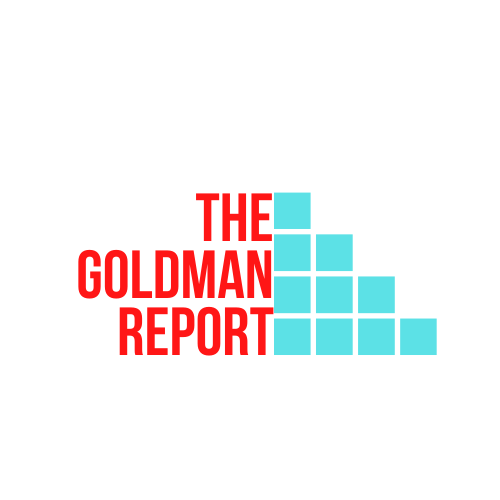Creeping fascism threatens Balkan state
Developments in the small Balkan state of Montenegro are a signifier of creeping fascism across the wider region, orchestrated by the pro-Putin Vučić regime in Belgrade but largely ignored by European governments.
Sign up to read this post
Join Now

